Oregon Kiwi: We are the country’s top producer of this unusual fruit
written by Sophia McDonald | photography by Anthony C. Castro
Is it possible to grow this tropical fruit in Oregon?
Oregon is known for producing world-class berries from spring to early summer. But come September, a strange-looking variety briefly appears for about two weeks. They’re tan globes about the size of a grape. Each has a sweet-tart flavor and a smooth skin that’s entirely edible. Cut one open and the mystery is solved. The flesh of these tiny fruits is lime green and dotted with tiny black seeds. They’re known as kiwi berries, baby kiwi or hardy kiwi, and they’re kin to the fuzzy-skinned fruit commonly found in grocery stores. Oregon is the country’s top producer of this unusual fruit—which is to say there are a handful of farmers growing them on about 125 acres. Peter Dinsdale with Blue Heron Farm near Independence explains how this micro-industry came about. A berry farmer named Mark Hurst was interested in selling them through his wholesale business and was looking for partners willing to raise them. He’d already taken some to an international produce marketing conference and won rave reviews. “ They were the sensation of the show,” Dinsdale said. “People really liked them and wanted more.”
The fruit is tasty but it’s also quite healthy, packing a punch of vitamin C, folate, potassium and other nutrients. Combine that with their intriguing appearance, and it’s no wonder people were interested. Dinsdale, who was already growing a variety of berries on his farm, decided to give kiwis a go. In many ways, they were a good fit with his other crops. They could be pruned right after the blueberries in the winter and harvested in September after all the blackberries had ripened. That would allow him to keep his staff onboard and busy for a longer period of time. In 1994, he planted 11 acres of thick-stalked kiwi berry plants between trellises with stakes the diameter of telephone poles (the vines that shoot up from the trunks are so strong they can pull down a structure that’s poorly built). In 1995, he dug up all the plants, fumigated the soil to rid it of a fungal disease that could kill the kiwis, and replanted. This inauspicious beginning hinted at more challenges to come.
Pollinating the vines proved difficult. Dinsdale’s son, Ben, has taken to traipsing under the trellises every year in what he calls a “bee suit”—a modified snow blower that shoots pollen over the vines and gives nature a leg up. Although the kiwis are a cold-tolerant variety from Siberia, they’re very susceptible to frost after bud break. Dinsdale has lost plenty of fruit to chilly spring mornings. In addition, the market for kiwi berries hasn’t taken off the way its early American champions hoped it would. “ The returns have been acceptable,” he said. “It’s sort of worth it.” Given his investment in this crop, tearing out the plants would not be worth it, he believes. Besides, they’ve grown on him after all these years. “I find it an aesthetically pleasing crop, with the large canopy and the trellises and the way the vines twine around everything,” he said. The plants have exfoliating bark that flakes and peels all along the trunks, which gives them a rugged and appealing look. And like most people, he’s quite taken by the taste of the berries. “I’m a nut about eating fresh fruit,” he said. “
The nice thing about these is when we’re finishing picking, there’s still kiwis out here until the first hard frost. So I can keep coming out here and picking a cupful for fresh eating. They’ll be ripe and sweet on the vine until then.” Dr. Bernadine Strik, the berry crops research leader at the North Willamette Research and Extension Center in Aurora, has long been a champion of kiwi berries. She confirms and expands on many of the challenges Dinsdale has faced growing them. The plants aren’t quite cold-hardy enough, and the tender vines are susceptible to breaking when gusty winds come up. “Pollination is a problem because bees like kiwi, but they like raspberries and blackberries better.” But she, too, hopes the hardy kiwi industry in Oregon will grow. “It’s an expensive crop to grow because you need lots of labor per acre to prune and harvest them, and the plants and trellises are expensive,” she said. “But it’s a high-value crop even if it’s small.”
Kiwis of all sorts are most commonly used in desserts. Chef Ryley Eckersley with Quaintrelle, a North Portland restaurant that specializes in New American cuisine, suggests making them into a compote with rhubarb and serving it atop vanilla panna cotta. Another option is to cook them in a simple syrup and use that as the base for a summery cocktail. Bartender Camille Cavan from Quaintrelle calls her kiwi-inspired concoction Long Time Gone, and it gets its own sweet-tart flavor from Pimms liqueur, ginger liqueur and lime juice.


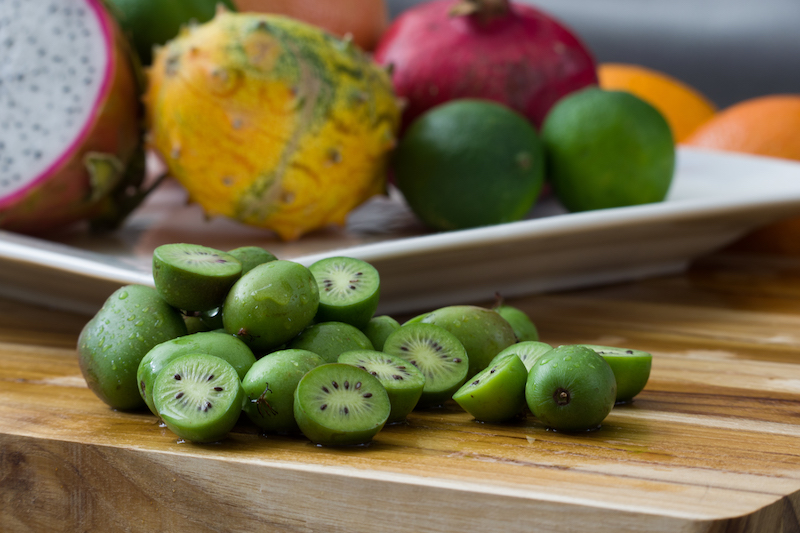



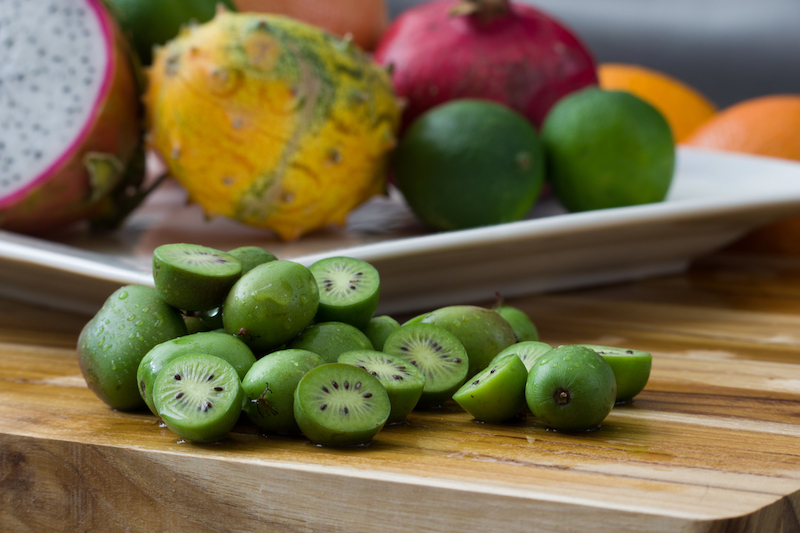
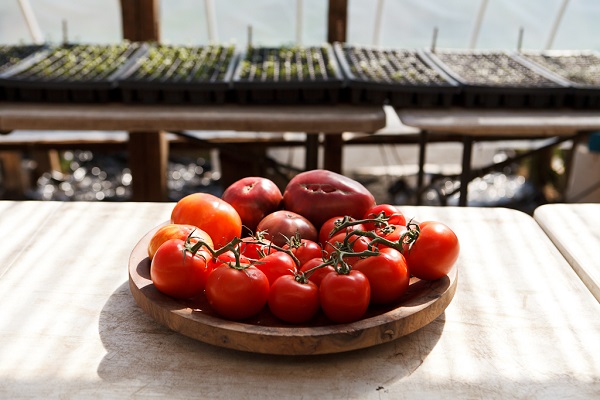
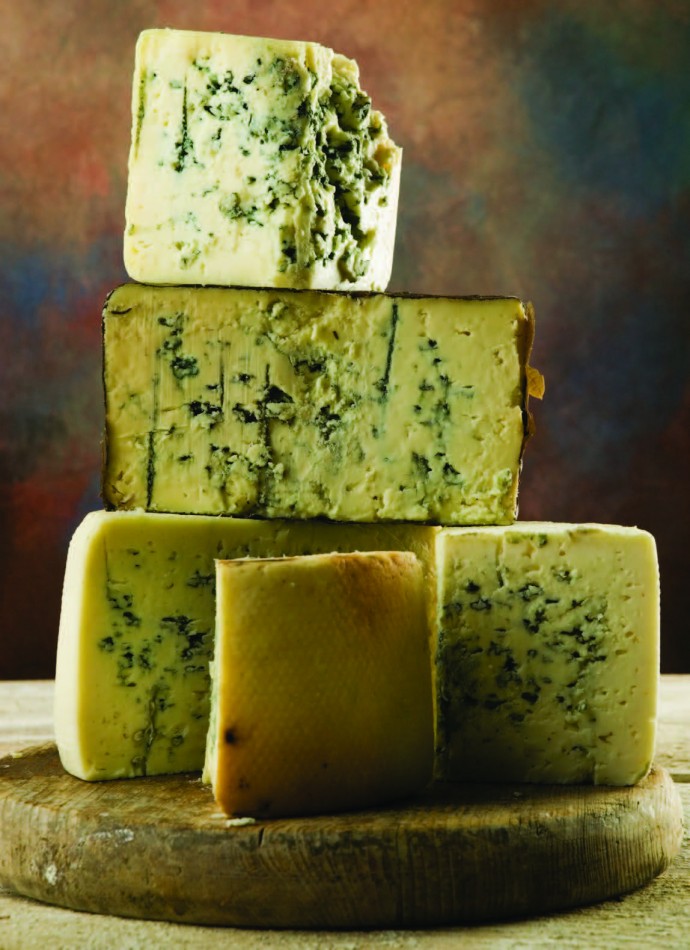
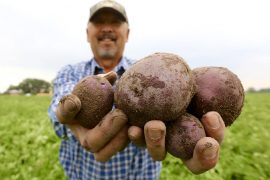
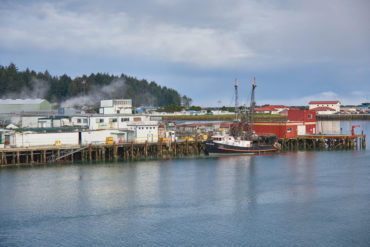



where can I buy fresh hardy kiwiberries in Oregon?